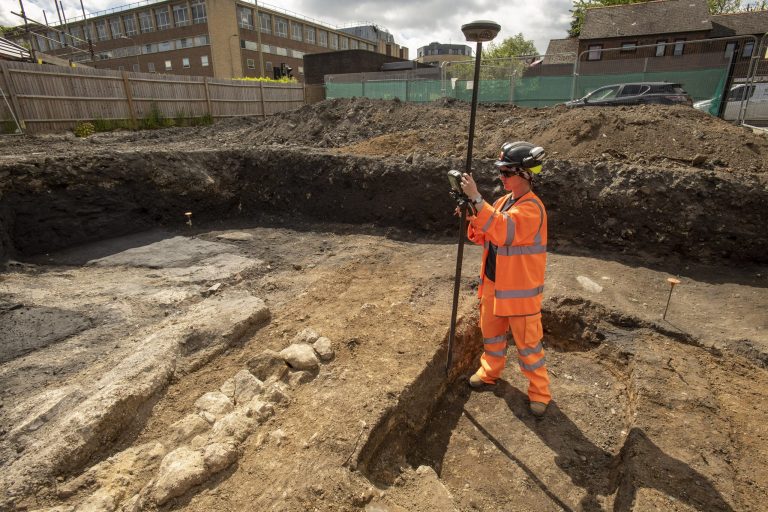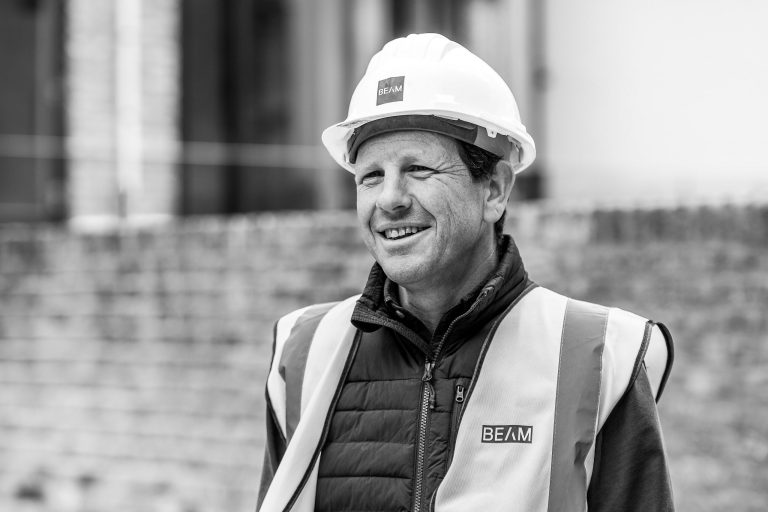The latest research from new build snagging experts, HouseScan, suggests that while there are currently 294,900 homes currently in the planning permission pipeline, an estimated 289,002 of these will reach the market with snagging issues. HouseScan’s analysis of Gov.uk data on the number of housing units to have been granted planning permission shows that planning permission approvals have fallen by -6.4% year on year. While there remain almost 300,000 new homes in the pipeline, HouseScan’s research also suggests that the vast majority of these will reach the market in an unsuitable state, with some form of snagging defect. It’s estimated just two per cent of all new build homes reach the market snag-free and this issue is predictably at its worst in the capital. Across London, there are some 52,300 homes waiting to be built having been granted permission, accounting for 18% of all approvals across England. However, with just two per cent predicted to reach the market in a suitable condition, HouseScan’s research shows that as many as 51,254 new homes yet to be built within the capital will have some form of snagging defect. If they were to reach the market today, that’s nearly £27bn worth of property that would need further work. With 43,200 housing units granted planning permission in the South East, it ranks as the region with the next largest level of homes reaching the market with snagging issues (42,336). The North West (39,592), East of England (34,790), East Midlands (30,380) and West Midlands (29,302) are also predicted to see some of the largest numbers of homes reach the market with snagging defects based on current planning permissions granted. In total across England, over £100bn worth of new homes that are still yet to be built will be sold with snagging issues, and that’s based on today’s market values alone. Founder and Managing Director of HouseScan, Harry Yates, commented: “Unfortunately there’s an incredible number of new homes purchased every year that come complete with a number of snagging issues and these issues can range from something minor such as the poor fitting of light switches or plug sockets, to something as serious as subsidence or other structural instabilities. It may seem unfair to tarnish housebuilder outputs by using the law of averages, but to say that just two per cent of new builds are sold snag-free really is the reality. In addition, it’s the new build process that allows these issues by using similar practices, to begin with, with inspectors often passing off the standard of an entire development based on inspecting just one single home within it. Of course, our research has focussed on planning permissions and so it remains to be seen as to whether this level of homes will be riddled with snagging defects or not. However, we wanted to highlight this severe problem within the industry as a wake-up call so that those delivering this pipeline of property stock can address the issue now and prove us wrong.” Number of housing units granted planning permission Category 2017 Q1 (year to) 2018 Q1 (year to) 2019 Q1 (year to) 2020 Q1 (year to) 2021 Q1 (year to) ENGLAND – rolling annual total 329,000 314,000 327,000 315,000 294,900 % change vs previous year 22% -4.6% 4.1% -3.7% -6.4% Source Gov.uk – Planning Applications in England Table shows the number of housing units granted planning permission that are estimated to reach the market with snagging issues Region Planning permissions granted % proportion of England total Est number to be delivered with snags Current Average house price Total value of houses with snags London 52,300 18% 51,254 £525,927 £26,955,881,945 South East 43,200 15% 42,336 £420,199 £17,789,525,656 North West 40,400 14% 39,592 £262,731 £10,402,042,509 East of England 35,500 12% 34,790 £404,852 £14,084,803,846 East Midlands 31,000 11% 30,380 £302,701 £9,196,058,911 West Midlands region 29,900 10% 29,302 £305,790 £8,960,264,736 South West 27,100 9% 26,558 £348,888 £9,265,763,685 Yorkshire and the Humber 22,700 8% 22,246 £243,791 £5,423,383,062 North East 12,100 4% 11,858 £217,985 £2,584,870,008 National Parks 700 0% 686 N/A N/A England 294,900 100% 289,002 £348,298 £100,658,891,685 Sources Gov.uk – Planning Applications in England Home Builders Federation Gov.uk – UK house Price Index









